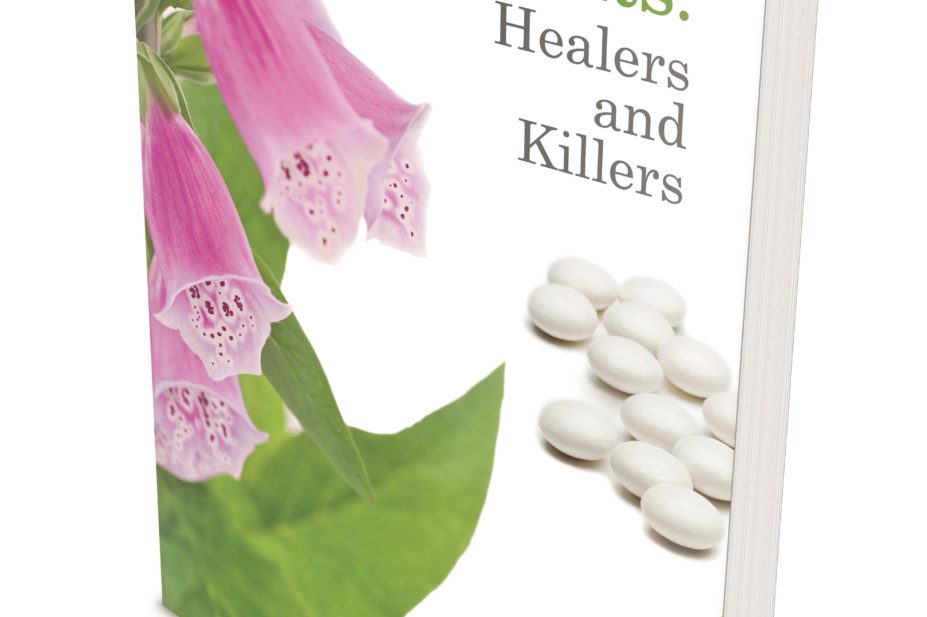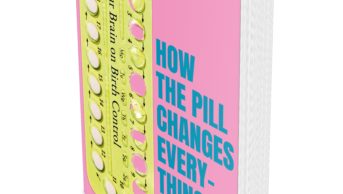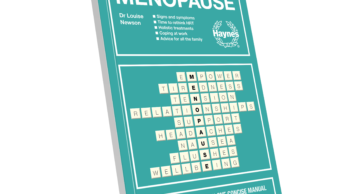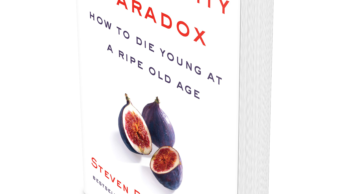
The contribution of plants to the management of disease cannot be underestimated. In the past they were an important source of pharmacologically active compounds with many modern medicines directly or indirectly derived in this way (e.g. aspirin). Despite the modern reliance on synthetic chemistry to design and produce drugs, 11% of those considered as basic and essential by the World Health Organization (WHO) are still of flowering plant origin.
This book, published by the Royal Botanic Garden Edinburgh, tells the story of 16 historically important plants and their associated drugs, some of which are still on the WHO list.
Michael Lee, the author of this history book, was formerly a professor of clinical pharmacology and therapeutics at the University of Edinburgh. Following a distinguished research career studying hypertension, he turned his attention to poisonous plants.
The chapters start with full colour plates of the plants, show the chemical structure of the drugs derived from them and introduce the main dramatis personae involved — both heroes and blaggards. The medical uses and poisonous effects of the drugs are also described. All the iconic ‘A-listers’ are here: curare, deadly nightshade, foxglove, henbane, mandrake, etc, together with some less expected examples, including the crocus, snowdrop and potato.
Among the more modern tales of murder, suicide, trial by ordeal and accidental poisoning, include:
- ‘The infamous case of Hawley Harvey Crippen’ relates how the American homeopath doctor murdered his wife in 1909 by administering considerably more than infinitesimal doses of hyoscine.
- ‘The Edinburgh poisoner’ tells of a man who, in 1994, attempted to poison his wife with atropine.
- ‘The torso in the Thames’ describes a horrific crime in 2001 that involved the administration of calabar bean, an African ordeal poison, to the victim before his demise.
However, not all the drugs described are potentially sinister. The European yew, the source of a powerful anti-cancer agent, and Peruvian bark, the first effective treatment for malaria, are also included, as is the story of William Withering’s work on digitalis.
The range of figures, diagrams and photographs used throughout the text complements the content perfectly and bring the subject to life. The book concludes with a helpful glossary of chemical compounds, an excellent bibliography and an index.
This book will please pharmacists at all stages in their career. Younger colleagues will find it a fascinating commentary on the secundum artem of medicine in a disappearing era, while old ‘lags’ (like me) may find that some of the facts prompt fond memories of undergraduate pharmacognosy classes.
References
‘Plants: healers and killers’, by Michael Radcliffe Lee. Pp 160. £15. Edinburgh: Royal Botanic Garden; 2015. ISBN 978 1 906120 96 5


